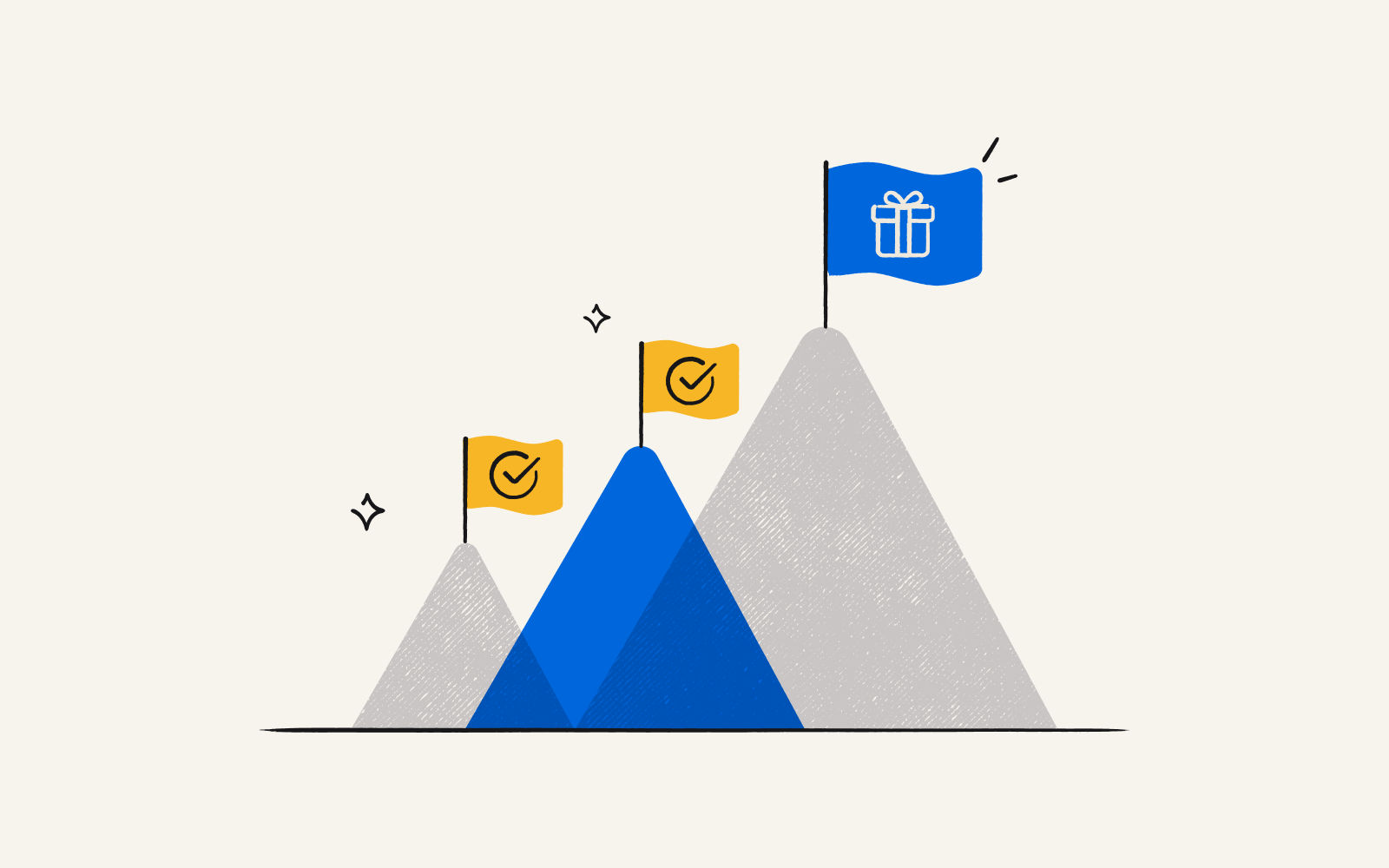10 ideas to boost employee engagement

Employee engagement is crucial to your bottom line.
Companies pay between 90%-200% of an employee's original salary every time they replace a worker. However, one study found that employee turnover rates can be up to 43% lower for highly-engaged employees.
Employee engagement isn’t just fun or good for morale — it's a powerful driver of organizational success and longevity.
With that in mind, here are 10 ideas to help boost employee engagement in your organization.
Encourage open communication
Create an environment where employees feel comfortable sharing ideas and concerns. This could involve regular team meetings, anonymous feedback systems, or an open-door policy with management. When employees feel heard, they're more likely to be engaged and invested in your company's success.
Millennials, in particular, value open communication and close personal relationships over traditional career advancement, according to a study by Myers & Sadaghiani. And, on the whole, “they expect communication with supervisors to be more frequent and more positive” than past generations.
The big takeaway for employers? Open communication can keep your best employees happy and productive, even when you’re not in a position to promote them.
Promote work-life balance
Consider offering flexible work hours, remote work options, or extra PTO (paid time off). When employees feel their personal lives are respected, they're more likely to be engaged and productive during work hours.
As you might expect, proper work-life balance has been shown to employees engaged, even when their day-to-day gets stressful (Chan et al).
In addition to vacation days and remote work hours, you could promote work-life balance by:
Respecting boundaries: Avoid contacting employees outside of work hours, unless it’s absolutely necessary.
Leading by example: Managers should model good work-life balance practices to reinforce the importance of this principle. For example, team leads can openly discuss their own strategies for maintaining balance or sharing how they spend their personal time.
Supporting family-friendly policies: Provide additional parental leave, child care assistance, or eldercare support to help employees manage family responsibilities.
Offer career development opportunities
Provide chances for employees to grow their skills and advance their careers. This could include paying for courses, allowing attendance at workshops during work hours, or assigning mentors within the company.
Investing in your employees' growth demonstrates that you value their long-term success. And, per LinkedIn’s Workforce Learning Report, 94% of employees say they would stick around longer if their company invested in their career development.
Recognize and celebrate achievements
A study published in the Journal of Applied Psychology found that employee recognition programs significantly boost engagement and job performance. Simply put, employees who feel appreciated are more motivated and productive.
Implement a robust employee recognition program that acknowledges both big wins and small victories. This could involve public praise in team meetings, company-wide announcements, or regular "wins" meetings to highlight individual successes. Or, for major achievements, you can consider a formal awards ceremony.
Outside of events, you can also have managers build effective recognition techniques into their performance reviews. Regular, timely recognition will reinforce positive behaviors, build a culture of appreciation, and boost employee engagement.
Foster team bonding
Organize team-building activities or social events that allow employees to connect outside of office hours. These can range from small, regular gatherings to larger, more elaborate events.
Small-scale activities:
Monthly team lunches at local restaurants
Weekly virtual coffee breaks for remote teams
After-work happy hours
Book clubs or movie discussion groups
Volunteer days at local charities
Friendly competitions like trivia contests
Larger events:
Annual company picnics or barbecues
Quarterly off-site team-building workshops
Escape room challenges
Cooking classes or group painting sessions
Sports tournaments (e.g., softball, bowling, mini-golf)
Holiday parties or end-of-year celebrations
No matter your budget, you can help teams bond in a more relaxed setting, driving employee engagement and improving overall team cooperation.
Provide meaningful work
Ensure that employees understand how their work contributes directly to the company's overall goals. Regular updates on company progress and clear communication about individual roles can help employees see the fruits of their labor.
Van Wingerden and Van der Stoep studied 450+ employees at a global health tech company to gauge the impact of meaningful work on employee engagement. Employees who understood the connection between their work and the company’s goals were more motivated, leading to stronger engagement and performance.
Want to reinforce the connection between your employees’ work and the company’s broader objectives? Consider “reverse mentoring,” pairing junior staff with executives to provide fresh perspectives on how ground-level work impacts business operations.
Encourage health and wellness
Quality wellness programs support employees' physical and mental health. And healthy employees are typically more engaged, productive, and likely to stick around. This is especially true for younger employees.
A Deloitte survey found that 80% of Gen Z employees and 82% of millennial workers consider mental health support to be critical when considering an employer.
You’ll likely attract better talent with strong health and wellness initiatives. And those employees will be less tempted to seek other opportunities.
You might want to consider gym membership discounts and access to mental health resources for your teams. Research shows that companies with highly effective wellness initiatives have voluntary turnover rates that are nearly 40% lower than those with less effective programs.
Offer opportunities for cross-department collaboration
Allow employees to work on projects outside their usual department. This can provide fresh challenges, broaden their understanding of the company, and create new networking opportunities within the organization.
You can break down silos by encouraging skill-sharing sessions, where employees can share their expertise with other departments. For example, the marketing team could hold a brand storytelling workshop for the product development group, helping them understand how to align new features with your company's brand narrative.
Regular cross-pollination workshops can also drive collaboration and boost employee engagement. Have each team present their current projects and invite input from other departments. This can help employees understand how their work fits into the larger puzzle and even spark fresh ideas.
Ask for feedback
Seek feedback from employees about their job satisfaction and ideas for improvement. This could be through annual surveys, quarterly check-ins, or more frequent pulse surveys. Act on their input to show employees that their opinions can drive real change in the organization.
You can gain valuable feedback by holding a Q&A at the tailend of a webinar. A one-hour meeting could have 15 minutes allocated for questions. This keeps employees engaged while empowering them to be a part of the solution.
Research backs it up: Engaged employees who feel heard are 4.6x more likely to feel motivated to perform their best work.
Send employee recognition incentives
Rewards and incentives motivate workers to be at their best — 69% of employees say they would work harder if they felt their efforts were better recognized.
Digital incentives can be sent and spent instantly, providing immediate gratification and reinforcement of positive behaviors.
And, with Tremendous, employees can choose from over 2,000 gift cards from top brands, so they’ll always get the perfect reward. Or, if they prefer, they can opt for a monetary transfer or make a contribution to a charity they support.
With digital incentives, your company can offer a personalized reward experience that resonates with employees across all departments, demographics, and locations.
Want to boost employee engagement with rewards they actually want? Chat with our team to find out more, or sign up today and send your first incentive in minutes.


